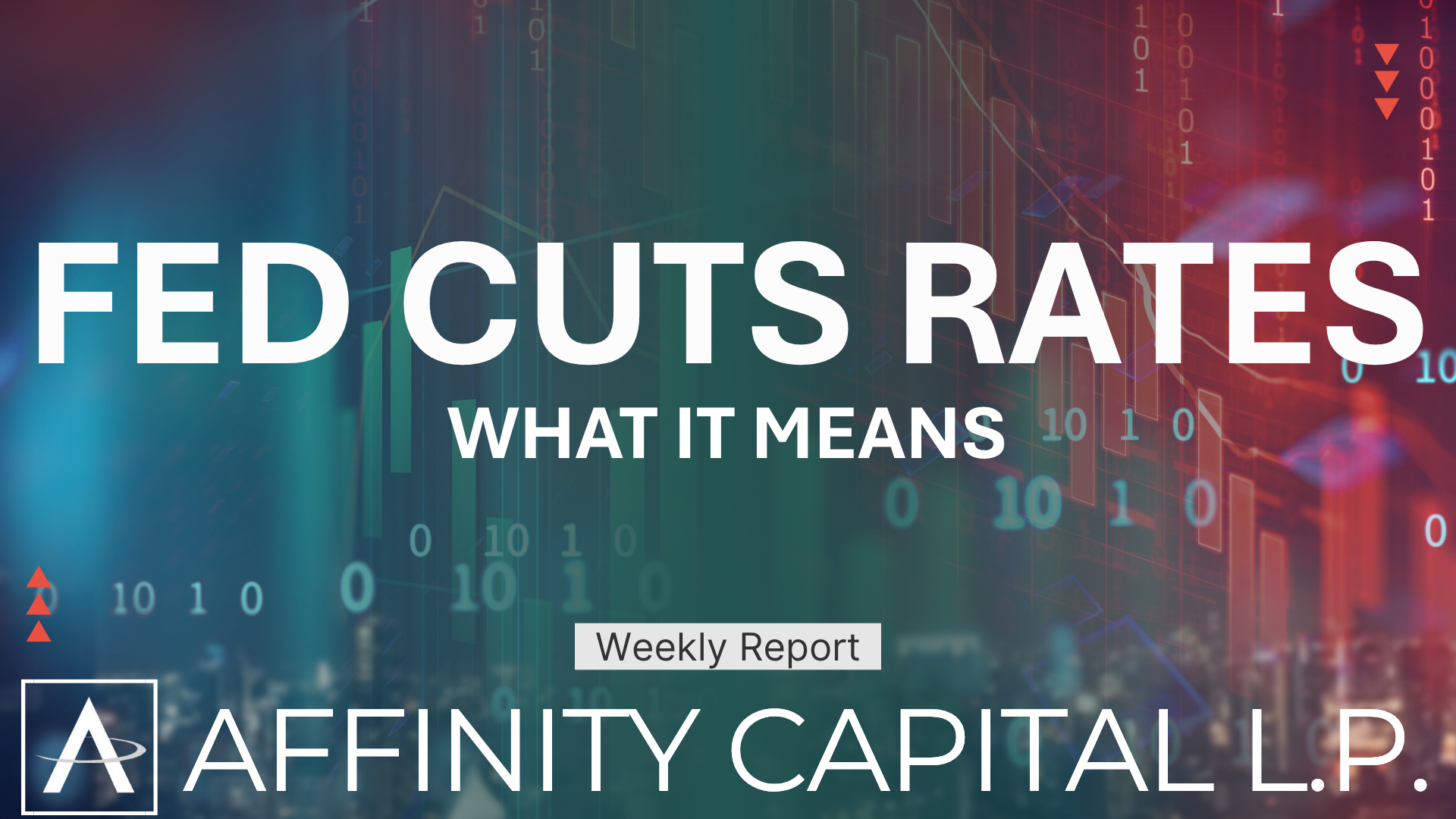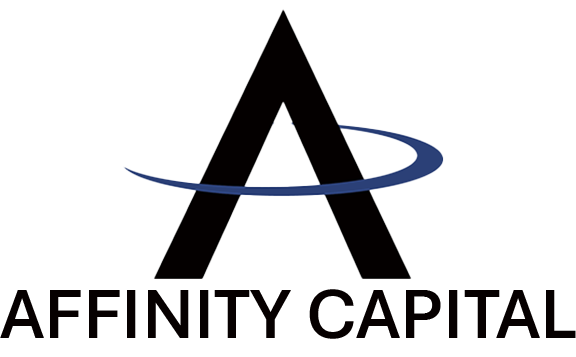Three Minute Digest for December 15, 2022

The Inflation / Recession Tightrope and a Word about Cryptocurrency
The Federal Open Markets Commission (FOMC) of the Federal Reserve completed their two-day December meeting yesterday and has raised the Federal Funds Interest Rate by 0.50% to put rates in a range of 4.25-4.50%, up from 0.00-0.25% at the start of March this year.
Interest rates continue to rise as global central banks aggressively tighten to fight inflation, while still attempting to avoid recession. Yesterday, the latest US Inflation Rate posted at 7.11%, compared to 7.75% last month and 6.81% last year. This is higher than the long-term average of 3.27%. The Dow Jones Industrial Average spiked to over seven hundred points to the upside after the announcement and experienced wide swings and briefly turning negative before ending the day with a 103-point gain.
The subsequent FOMC statement will be analyzed carefully for any clues as to whether this succession of aggressive rate hikes is ending. Today’s 0.50% hike is already a step in this direction, after 0.75% hikes for four successive past meetings in a row.
There are a wide variety of viewpoints concerning the interest rate versus recession debate. We believe we are already in a period of “stagflation” in which we experience both economic recession with a prolonged period of inflation going forward. A primary purpose of raising rates is to slow down the economy. The question is whether the Fed will exert too much pressure with monetary policy and push us into a deeper recession than anticipated. We feel that this debate will be settled in the first half of 2023, not in the second half.
The key going forward is the rate of decline for corporate earnings. The fourth quarter 2022 earnings announcement season which begins in January will set the tone for the markets in 2023.
The prolonged inversion of the bond market continues to trouble us. Another way to frame this is that the bond market is upside down. The 3 Mo. T-Bill currently pays 4.240% and the 30 Yr. T-Bond pays 3.573%. That is a difference of 0.667% which is a significant amount in this context. In a normal economic environment, the longer length security should pay more than the shorter length security.
Our response at Affinity Capital has been to maintain dividend paying, value-oriented equity positions and allocate a significant percentage of your portfolios in Treasury Inflation Protected Securities to yield double-digit income with lower volatility.
Cryptocurrency
Our viewpoint on cryptocurrency has been and continues to be one of avoidance. There is zero, we repeat zero, intrinsic value in these “investments.” It is not a “currency” nor is it classified as a traditional asset of any type. The U.S. IRS has classified it as property, but this is simply to have a means to tax it.
Can you make money? Sure – but it is what we refer to as “Vegas” money. For an average investor or gambler – luck be with you. There could certainly be strengthening regulation and adoption by central banks that could change the playing field, but we are far from that point. There are many funds based on cryptocurrencies but as our clients have seen, we have and will continue to avoid any temptation to invest.




